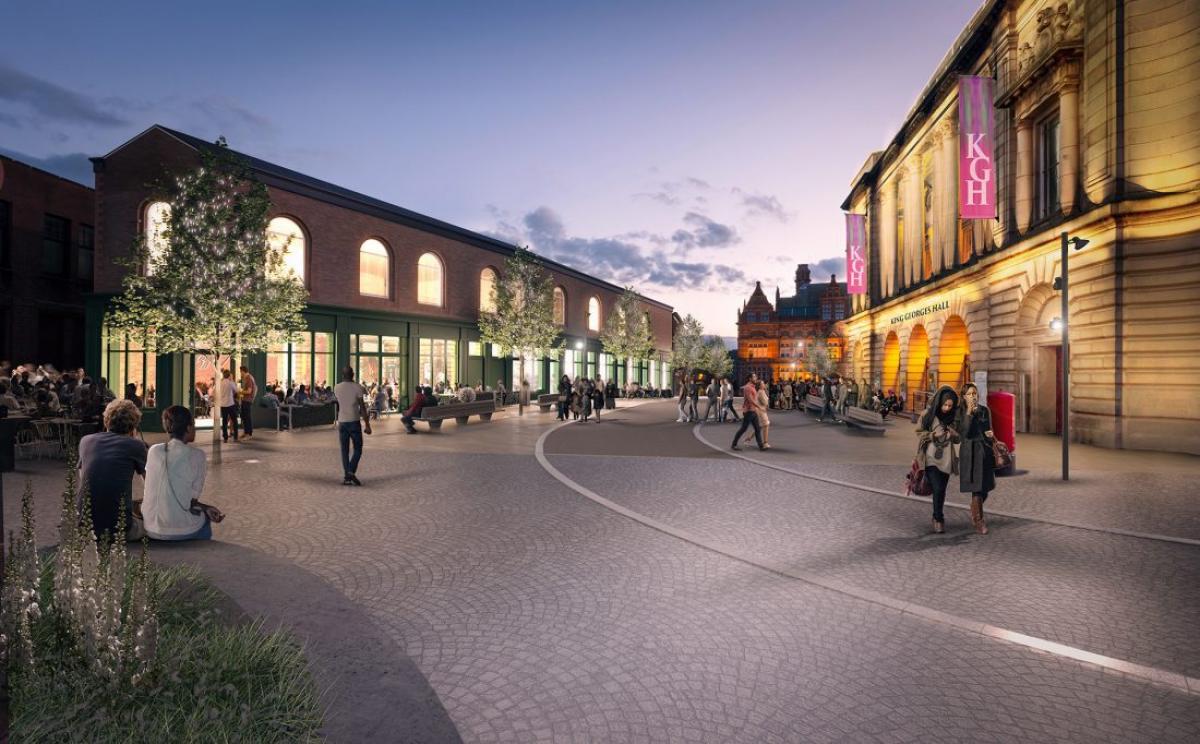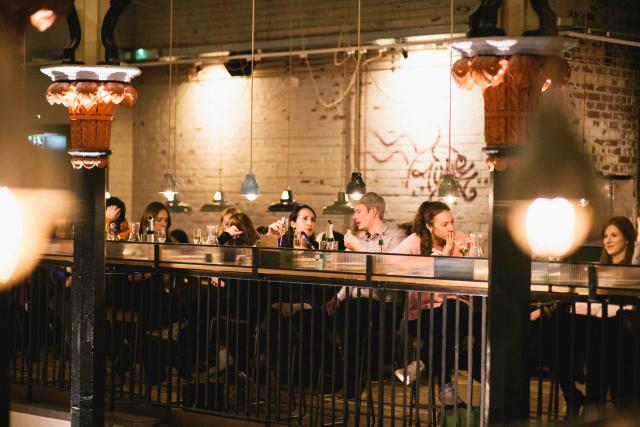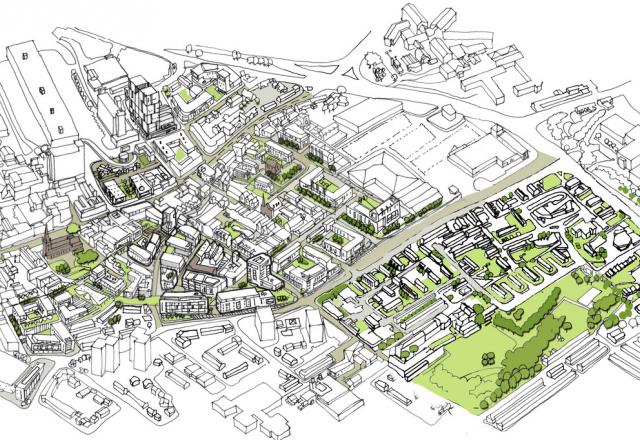
As the country begins to prepare for life after ‘lockdown’ Director, Stephen Anderson, asks what does the future hold for our high streets, and what role can heritage play in supporting their long term survival?
The troubles of the UK’s high street were well publicised even before the Covid-19 crisis struck. However, the crisis has deepened the issue and the evidence of the economic impact on these precious spaces and places is mounting up daily.
The 'coronashock' tracker prepared by Tortoise Media shows that retail spend in small towns has collapsed by up to 84%.*
As we begin to look ahead to life post-lockdown, questions are being raised as to how our approach to saving the high street must evolve and what economic, social and cultural tools we can employ to revive town centres across the country.
The answer to this question is complex and it will take significant, considered and targeted intervention aimed at tackling a wide range of issues to ensure the high street’s long term survival. Our heritage, however, does have the potential to play a key role.


Any analysis, observation or engagement in our High Streets reveals that there is a great depth of feeling for the heritage assets, great and small, which characterise our most special and favourite places. Our heritage helps us to feel grounded, comforts us, offers familiarity which underpins our daily routines. Heritage is core to our sense of place and utilising this finite resource can catalyse positive change on our high streets.
To deliver this change, firstly and most importantly, our heritage must be used. There is already plenty of evidence that our heritage can support economic success with some 142,000 retail, hospitality and commercial operations in listed buildings**.
However, economic circumstances in many of our high streets make re-use challenging, with the costs of repair and refurbishment often outstripping any potential future value. 'Value' in this context is usually narrowly seen as economic in nature. However, active and cared for heritage assets deliver social, environmental and cultural benefits while also having a positive economic impact on the area around them. As DCMS noted in its 2017 Culture White Paper, “the development of our historic built environment can drive wider regeneration, job creation, business growth and prosperity." If we broaden the way in which we understand value in relation to these buildings, we can begin to appreciate their real worth.
There are examples everywhere, however one pertinent example is Altrincham, which once boasted one of the worst vacancy rates in the country. When its Grade II listed Market Hall was redeveloped it provided a regenerative anchor point in the town. The redevelopment of this single building drove people back into the town centre while swathes of new bars, restaurants and shops followed, keen to benefit from and become part of the success story. As a result, vacancy rates dropped from 30% in 2010 to 7.9% in 2018.
The next question we must ask, is what can we use our heritage assets for?
Covid-19 is having a significant impact on the way in which society operates. A significant proportion of the working population has been forced to work from home and many of us have adapted quickly and effectively to it. As we move on from the crisis we will be better equipped to work regardless of the location. In the future, there may be less emphasis on individuals’ being present in the office throughout the working week, which could see businesses downsize their physical locations.

An increase in working age populations remaining in places which have, until recently, had a significant net daily outflow of workers will drastically alter the social infrastructure of our towns and villages. Effective use of the high street will be key to help this emerging demographic fulfil their social and cultural needs, creating new and diverse business opportunities.
Historic buildings have much to offer in this respect. For example, Historic England’s Heritage Counts report in 2018, found that an increasing number of food and drinks brands were occupying listed buildings, crediting their ability to offer consumers authentic, “curated and immersive” experiences and provide “human and emotional connections.”
Likewise, historic buildings also offer fertile ground for temporary or ‘meanwhile’ uses within town centres. There are examples across the country where vacant historic buildings have been used to host pop-up food festivals, plays, music events and other cultural experiences. Using buildings in this way, not only injects life and vibrancy in these spaces but also encourages footfall into forgotten parts of town, and can help kick-start wider, permanent, and sustainable development of the high street.
In addition to changing our work patterns, home working has also allowed us to explore, reconnect and develop a deeper understanding of the areas in which we live. How many of us have explored our local environment more during the crisis than we ever had before? People are beginning to appreciate the assets on their doorstop and travel experts predict ‘staycations’ will rise in popularity due to new anxieties over international travel.
To benefit from any potential rise in domestic tourism, towns will need to find ways to capitalise on their assets and create a selling point that draws visitors. Restoring heritage assets is an effective way of enhancing the unique character of an area and creating a pull-factor that attracts people to a place. Just look at Liverpool’s Albert Dock or the Piece Hall in Halifax, for examples of how heritage has been successfully used to promote tourism and generate investment.
The renewed sense of place so many of us are experiencing in our current changed reality, and the role the heritage plays in providing that sense, reminds us how important it is to factor heritage into high street development and regeneration strategies. We believe that towns that embrace their heritage and local distinctiveness as we emerge from the current crisis, will see them serve as a catalyst for positive, sustainable change.
* https://members.tortoisemedia.com/2020/04/21/corona-shock-tracker/content.html
** Heritage and the Economy, Historic England, 2019

